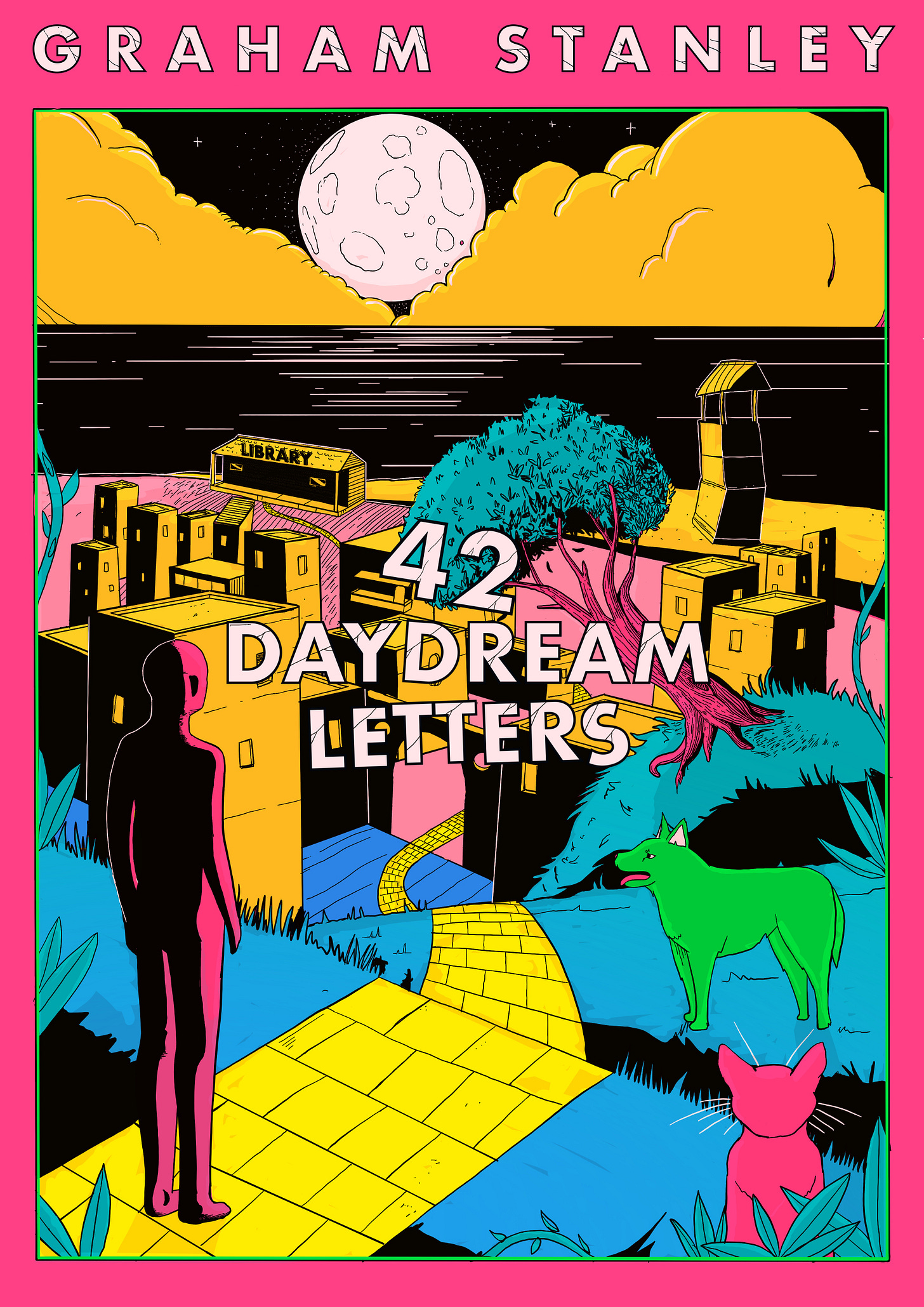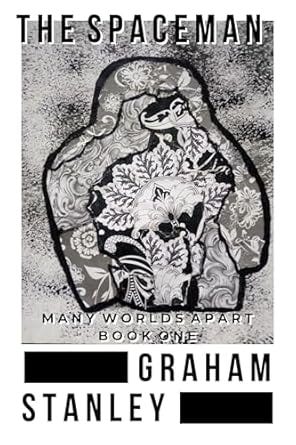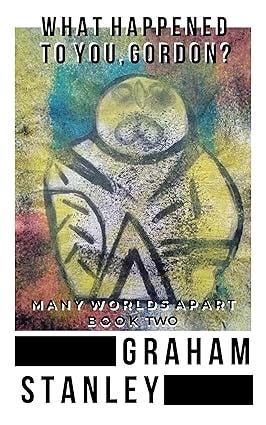How long is a piece of string? No, seriously, what is the average time to write a book? A quick Google search suggests new authors take 3 to 4 months to write a 40,000-70,000 word novel and 5 to 8 months to write a 70,000-100,000 word one. This assumes a consistent writing schedule, which I do have. They break it down as:-
· Outlining and planning – 2 to 3 weeks
· Writing the first draft – About 6 months for a 75,000-word book
· Revisions – 1 to 2 months
· Editing, Proofing, Cover Design – 2 months.
8 months seems a long time. Is it possible to write one quicker?
3 Days?
The science fiction and fantasy author Michael Moorcock has guidelines for writing a 45,000 to 60,000 novel in three days. As a teenager, I was a massive fan of Moorcock’s Eternal Champion novels and I still see his influence across the culture. Apart from popularising the idea of a multiverse , it seems clear that the Targaryens and Valyrians from A Song of Ice and Fire / Game of Thrones was inspired by Elric of Melnibone.
Where to start if you want to increase the pace of writing? Well, Moorcock’s rules for writers is as good as place as any, and that will lead you to the Lester Dent Pulp Paper Master Fiction Plot formula.
Moorcock’s advice for writing a novel very quickly includes:-
1. Have everything prepared. Don’t sit down to write before you have an idea of characters and what is going to happen in the book.
2. Model the basic plot on the “Quest” theme, as seen in e.g. the Holy Grail or Maltese Falcon.
3. The formula depends on the sense of a human being up against superhuman forces.
4. The writer should include mysteries, building on them gradually.
5. Prepare to have something happen (i.e. an event) every four pages.
6. To structure the book, divide it into four sections with 16,000 words each, further divided into six chapters. Each chapter must contribute to the immediate goal of the section, moving the story forward.
7. Everything in the story should have a narrative function, every major character should be introduced in the first part, and all main themes established then too.
8. Every hero should have a sidekick who can make the responses the hero isn’t allowed to make.
It’s fascinating, and well-worth studying if you want to write this kind of book. Of course, Moorcock’s advice is aimed at writers of genre / pulp fiction. It’s unlikely anyone trying to write a novel in three days will come up with a literary masterpiece.
That’s all very well if you’re Michael Moorcock or don’t need to sleep or work, but what about me?
6 years?
It’s taken me six years. Or it will be six years in May (fingers crossed) when I finish the third part of Many Worlds Apart.
I started this at the beginning of 2019, when I moved to Mexico City, and benefitted enormously from the novella being critiqued by some wonderful people during the weekly writing group I set up there. It wasn’t the first novel I’d started. I began writing that in Montevideo. This book had a similar theme and shared the same title to start with, but I’ve subsequently changed the title of it to ’42 Daydream Letters’. I was discovery writing that novel and lost my way, although from time to time I go back to try and fix it. I even commissioned a book cover to motivate me to finish it. I’ll write about this ridiculous strategy and others in another post, so watch this space.
Trying to learn from my mistakes, I decided I would write a three-part novel, with each part being a separate story. The three novellas would have characters and themes in common. As each part would be around 25,000 words, it seemed like an easier undertaking.
I semi-plotted the first of these and found myself having fun writing it. I called the first part ‘The Spaceman’ and it was inspired by both a weird photograph I’d come across on a walking holiday in Cumbria, and a series of paintings my wife made, in turn inspired by artefacts found at the archeological site of Lepinski Vir. If you read the novella, you’ll see how I incorporate these into the story.
I finally finished the Spaceman, the first of the Many Worlds Apart novellas at the end of 2020. I self-published it in 2021, after commissioning a developmental edit through Reedsy, and making the changes suggested by the wonderful editor, Laurel Sils. Back then, I expected to finish the second part of Many Worlds Apart soon after, but I wasn’t encouraged by the comments I got from other writers in the group I submitted it to, and so decided to set it aside and work on something else first. This has become a trend that I am trying my best to change. I am not a believer in astrology, but I did see that one of the traits of Sagittarius is a difficulty in bringing things to a close. To my detriment, that is definitely something I suffer from.
What happened, Gordon?
Fast forward to June last year. I was contacted out of the blue by Reedsy. Apart from editorial and other services for authors, Reedsy offers courses, both paid and free. I was told that they were putting together a developmental editing course and were looking for manuscripts for the course participants to work on for their assessment. The unedited manuscript of the Spaceman was ideal apparently, and I was asked if I’d be interested in letting them use it. They also offered to pay me for this, so I readily accepted.
The more I thought about it, the more I knew this would be the perfect time to revisit parts two and three of Many Worlds Apart. There might be some interest in it generated by the course, so I should make the rest of the novel available. As a result, towards the end of 2024, I started writing the second part again, revising what I’d done, according to the feedback from the writing group, and finally finishing it early this year after asking for new critiques. After revising it once more, I submitted it to a line editor through Reedsy, and yesterday I self-published it! I’m also half-way through part three and expect to self-publish this in May.
To celebrate, I’m making the Spaceman, the first part of Many Worlds apart free for a week, and the second part, What happened to you, Gordon? costs about a dollar. If you decide to read it, I hope you enjoy it – it’s certainly taken a lot of time and effort to get it into the shape it’s at now.




